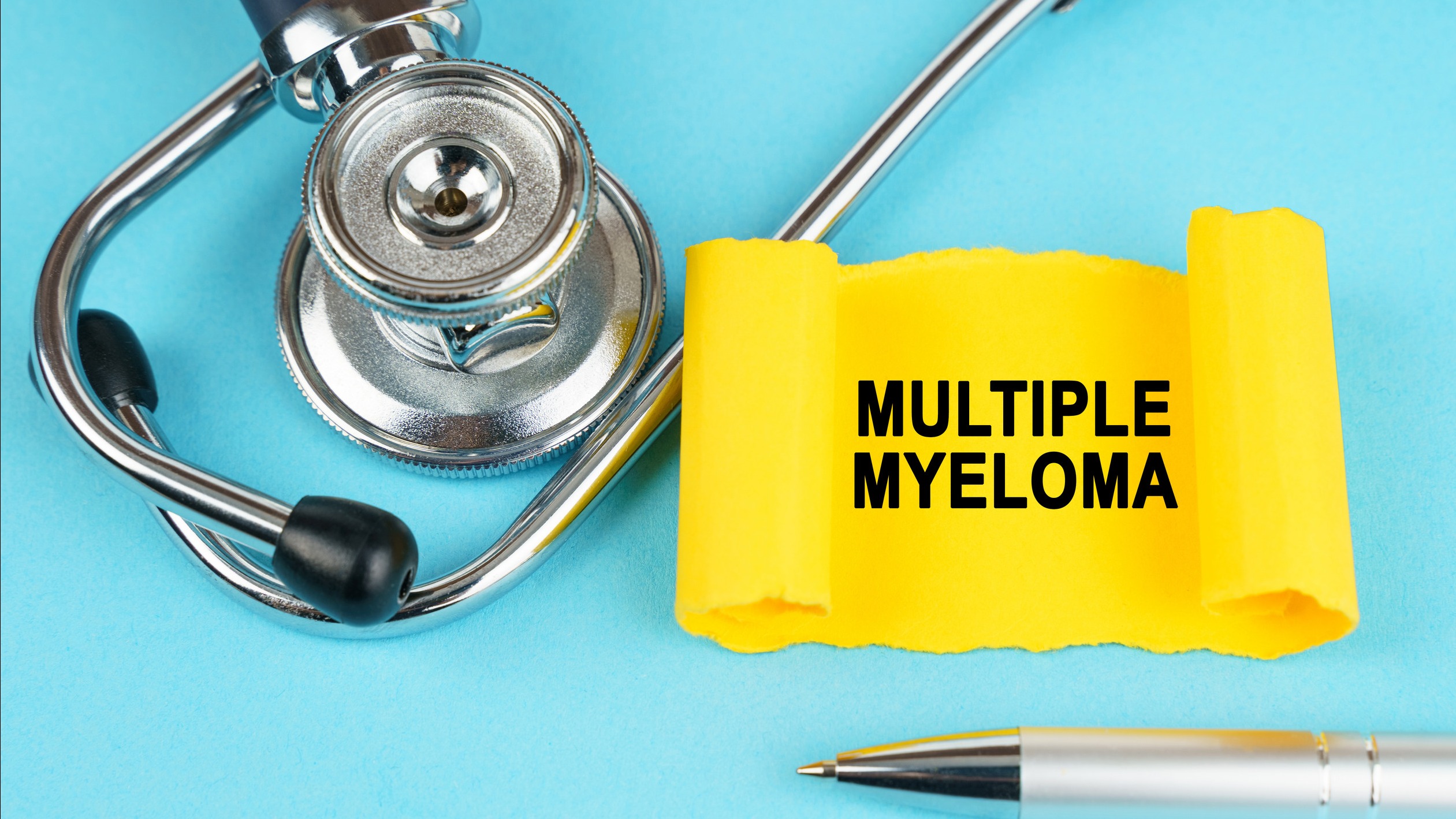
Historic WHO Resolution: A Pivotal Moment for Global Skin Health
The recent unanimous passage of a landmark resolution by the World Health Organization (WHO) in Geneva is a significant milestone in the efforts to enhance dermatological care around the world. This resolution is not merely about skin health; it symbolizes a concerted international effort to bridge glaring gaps in healthcare access that disproportionately affect underserved populations.
Skin Health Disparities: Addressing an Unmet Need
A staggering one billion people are estimated to suffer from skin diseases without access to necessary dermatological care. Regions such as Africa and the Pacific Islands face profound shortages, with some nations having as few as three dermatologists for every million citizens. Quoting Esther Freeman, an esteemed dermatologist and global health advocate, she noted, "In Papua New Guinea, there are only two dermatologists for 10 million people." This disparity highlights the urgent need for a global strategy to improve access to dermatological services.
The Role of Education and Training Initiatives
Among the strategies outlined in the WHO resolution is the enhancement of training programs for dermatologists, particularly in regions where shortages are pronounced. An exciting development is the establishment of the Pacific Dermatology Training Center in Fiji— the first of its kind in the Pacific Islands. The center aims to train local dermatologists, ensuring that communities have access to expert care and that future professionals are equipped to address not only common, but also complex skin conditions. As Claire Fuller, a consultant dermatologist highlighted, their team is already implementing initiatives just days after the resolution passed, demonstrating the momentum behind these efforts.
Communities at Risk and Local Perspectives
For many in developing regions, even basic skincare products can be a luxury. In parts of Africa, residents with albinism struggle to find sunscreen, while moisturizers for common skin conditions can cost an entire month’s salary. These challenges call into question not only the availability of dermatological professionals but also the essential products needed for basic skin health, underscoring the dire need for international health organizations to prioritize skin care resources.
Future Predictions: A Global Call for Action
This resolution presents a call to action that transcends borders. With no attached funding, it demands advocacy at the local governmental level. Dr. José Ruiz Postigo from WHO emphasized the transformational impact of having such a resolution to present to health officials. It transforms conversations about dermatological care from a personal issue to a recognized public health priority. Educational initiatives, advanced training programs, and policy advocacy will be critical in realizing the vision outlined in this resolution.
Conclusion: Embracing a Healthier Future
As suburban professionals, understanding the implications of this historic WHO resolution is vital beyond the realm of dermatology. The emphasis on equitable access to healthcare underscores a broader commitment to wellness and health equity—values that resonate with modern audiences invested in personal and communal health. As communities work together to implement these strategies, the goal remains clear: a healthier future for all.
Now, more than ever, your voice matters. This resolution serves not only as a framework for health advocates but also as an inspiration for individuals to engage in local health initiatives. Join the conversation and be part of a community that champions accessible, quality skincare and advocates for health equity.
 Add Row
Add Row  Add
Add 




 Add Row
Add Row  Add
Add 

Write A Comment